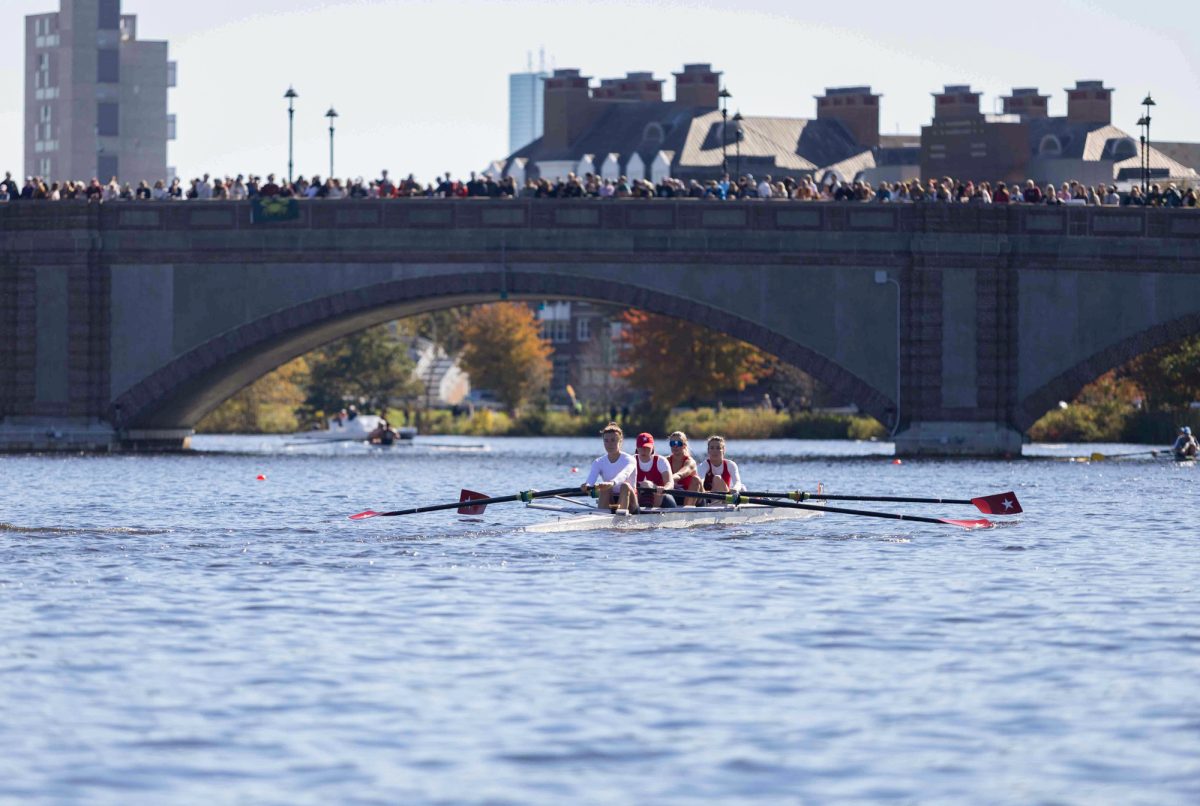Racial segregation throughout the country has disappeared as “all-white neighborhoods are effectively extinct,” according to a study released earlier this week.
In the Manhattan Institute for Policy Research’s study, “The End of the Segregated Century,” Harvard and Duke Professors Edward Glaeser and Jacob Vigdor analyzed census data from 1890 through 2010.
They focused on comparing the black and white populations and concluded that racial segregation in recent years has declined throughout the country.
The study suggested that much of this desegregation, which began to occur in the 1960s, is the result of fair housing laws and easier credit standards that allowed blacks to move into other areas.
Gentrification and immigration had a major impact on the process, according to the study.
While the authors saw this end of desegregation as a positive, they said desegregation cannot be equivocated to racial equality, and many steps would still have to be taken to achieve that ideal.
Boston’s isolation index, a tool used to measure segregation, dropped from 32.0 in 2000 to 26.8 in 2010, according to the study. Isolation is based on the tendency for members of a particular ethnic group to live in the same region.
The cities with the lowest isolation indexes were Los Angeles and Dallas, whose 2010 scores were 22.0 and 23.4, respectively. The city with the highest was Chicago, at 57.5 in 2010.
In November, the Boston Redevelopment Authority released a study on the demographic and socioeconomic trends in Boston, based on the 2010 U.S. Census Bureau’s data.
The study said the city was 47 percent white, 22 percent black, 18 percent Latino, nine percent Asian and the remainder was other minority groups.
Despite the high population, black people still had the highest unemployment rate in the city, at 15.2 percent.
The study also said Boston has a “majority-minority status” – with most immigrants coming from countries in the Caribbean, Latin America and Asia. Boston was also ranked sixth in the largest 25 cities in its percentage of foreign-born residents.
Professor David Lyons, of Boston University’s School of Law and College of Arts and Sciences, has taught courses in racial and ethnic tensions in North America. He said he did not consider Boston a forerunner in the desegregation process.
“It’s not clear to me that there has been significant desegregation in Boston,” he said. “There has been a movement to the suburbs, but these have become segregated suburbs.”
Lyons said when noteworthy desegregation occurs, it will help the Boston school system, which relies on residential patterns and still shows significant signs of segregation.
“There is no substantial program in place to create residential desegregation,” he said.
But Lyons said even with the study’s apparent desegregation, racial inequality still persists.
“If you want to think about equal opportunity, you have to make improvements for black children,” he said.
For racial equality to occur, the prospects for a newborn black child would have to be the same as those for a newborn white child, Lyons said.
“Desegregation helps,” he said, “but there won’t be equality until a program is in place to eliminate the wealth gap.”



















































































































